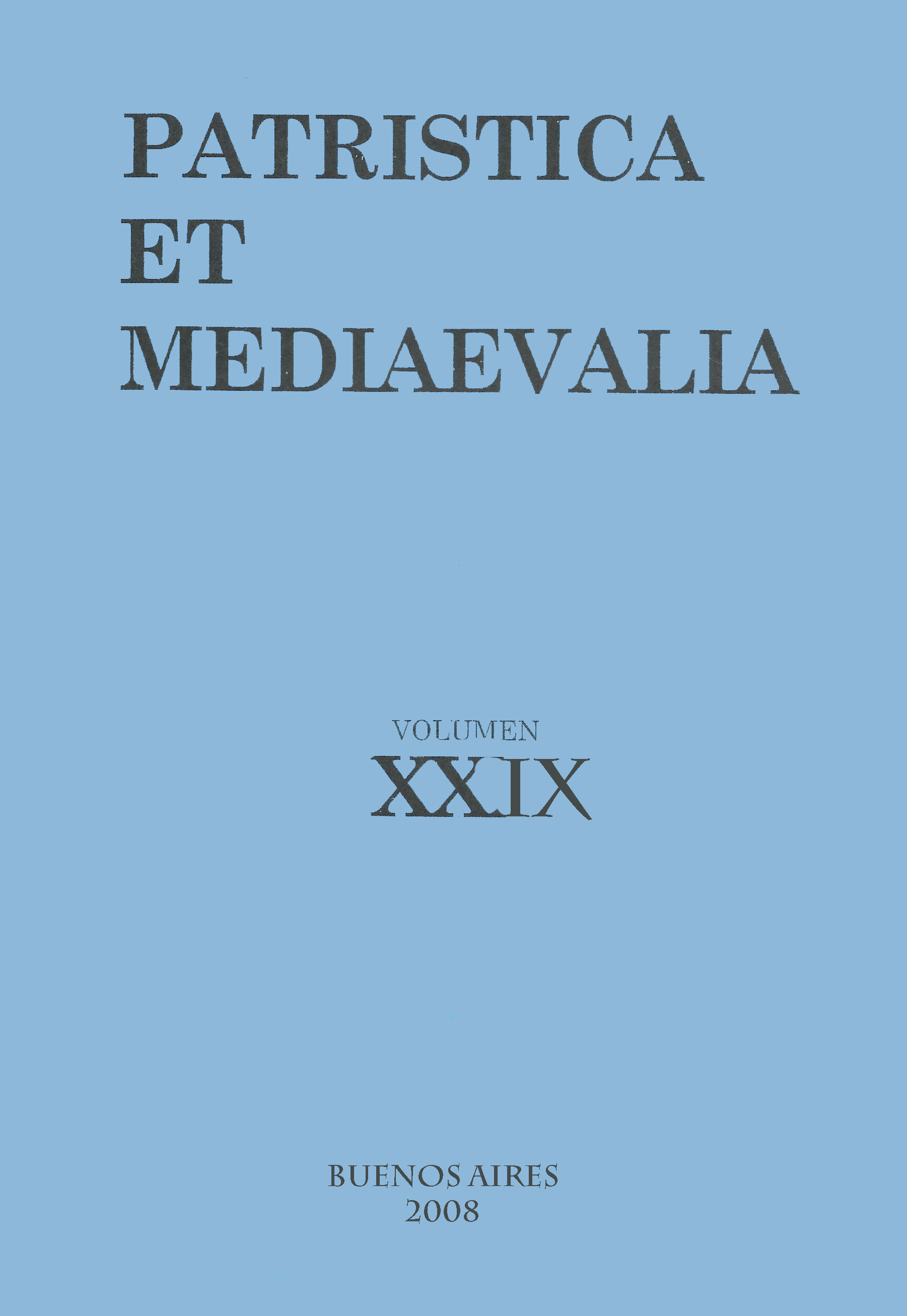Some news on the making of the Sachsenspiegel and its Mediaeval Glosses
Resumen
The Sachsenspiegel, written between 1220 and 1235 by Eike von Repgow, first vernacular legal prose of German-speaking lands, is considered one of the most important sources of medieval legal, political and cultural history. There is hardly any book on medieval law and society that would not use iconographical material from one of the four brilliantly illustrated manuscripts dating from the 14th and 15th centuries -the Dresdener, Heidelberger and the Wolfenbiitteler manuscripts are now available online- or cite regulations on some of the wide-ranging subjects of the Sachsenspiegel such as procedural, criminal, family, succession and constitutional law. Phrases like "God is Law itself' (Preface 1) or the author's interpretation ofthe doctrine of the two swords (Book I, 1.) have captured the attention of generations of historians oflaw and political thought. Still, there remain a lot of doubts about the making and the character of the Sachsenspiegel.Descargas
Citas
Kannowski, B. (2006). Der Sachsenspiegel und die Buch’sche Glosse - Begegnung deutschrechtlichen und romanistischen Rechtsdenkens? In Dilcher, G. & Distler, E. M. (Hrsg.). Leges-Gentes-Regna. Zur Rolle von germanischen Rechtsgewohnheiten und lateinischer Schrifttradition bei der Ausbildung der frühmittelalterlichen Rechtskultur. Berlin: Erich Schmidt Verlag, 503-521.
Kannowski, B. (2006). Zwischen Appellation und Urteilsschelte. Über das Rechtsdenken des Johann von Buch. Zeitschrift der Savigny-Stiftung für Rechtsgeschichte, Germanistische Abteilung, 123, 110-134.
Kaufmann, F. M. (Hrsg.) (2002). Glossen zum Sachsenspiegel-Landrecht. Buch’sche Glosse, Monumenta Germaniae Historica, Fontes iuris Germanici antiqui, Nova series, 3 vols., Hannover.
Kaufmann, F. M. (Hrsg.). (2006). Glossen zum Sachsenspiegel-Landrecht. Die kürzere Glosse, Monumenta Germaniae Historica. Fontes iuris Germanici antiqui, Nova series, 8, 2 vols., Hannover.
Landau, P. (2004). Walter von Coutances und die Anfänge der Anglo-normannischen Rechtswissenschaft. In Condorelli, O. (ed.). Panta Rei. Studi dedícate a Manlio Bellomo, vol. 3. Roma: Il Cigno Edizioni, 183-203.
Landau, P. (2005). Der Entstehungsort des Sachsenspiegels. Eike von Repgow, Altzelle und die anglo-normannische Kannonistik. Deutsches Archiv zur Erforschung des Mittelalters, 61, 78-101.
Landau, P. (2005). The Importance of Classical Canon Law in Scandinavia in the 12th and 13th Centuries. In Tamm, D. & Vogt, H. (comp.). How Nordic are the Nordic Medieval Laws? Proceedings from the First Carlsberg Conference on Medieval Legal History. Copenhagen: Djoef Publishing, 24-39.
Lück, H. (1999). Über den Sachsenspiegel. Entstehung, Inhalt und Wirkung des Rechtsbuches (Veröffentlichungen der Stiftung Schlösser, Burgen und Gärten des Landes Sachsen-Anhalt, 1). Halle.
Meyer, Christoph, H. F. (2003). Langobardisches Recht nördlich der Alpen. Unbeachtete Wanderungen gelehrten Rechts im 12.-14. Jahrhundert. Tijdschrift voor Rechtsgeschiedenis, 71, 387-408.
1. Los/as autores/as que publiquen en esta revista aceptan las siguientes condiciones:
-
Conservan los derechos de autor/a y ceden a la revista el derecho de la primera publicación, con el trabajo registrado con Licencia Atribución-CompartirIgual 4.0 Internacional, que permite a terceros utilizar lo publicado siempre que mencionen la autoría del trabajo y a la primera publicación en esta revista.
-
Pueden realizar otros acuerdos contractuales independientes y adicionales para la distribución no exclusiva de la versión del artículo publicado en esta revista (p. ej., incluirlo en un repositorio institucional o publicarlo en un libro) siempre que indiquen claramente que el trabajo se publicó por primera vez en esta revista.
-
Tienen permitido y se les recomienda publicar su trabajo en Internet (por ejemplo en páginas institucionales o personales).
2. Condiciones de auto-archivo. Se permite y se anima a los/as autores/as a difundir electrónicas la versión post-print de sus obras ya que favorece su circulación y difusión y con ello un posible aumento en su citación y alcance entre la comunidad académica. Color RoMEO: azul.













